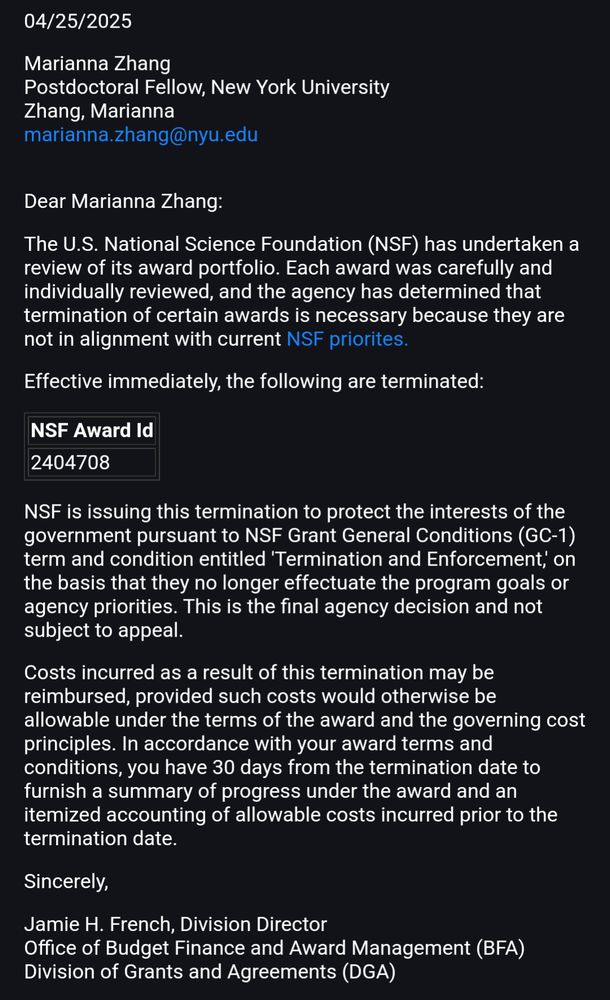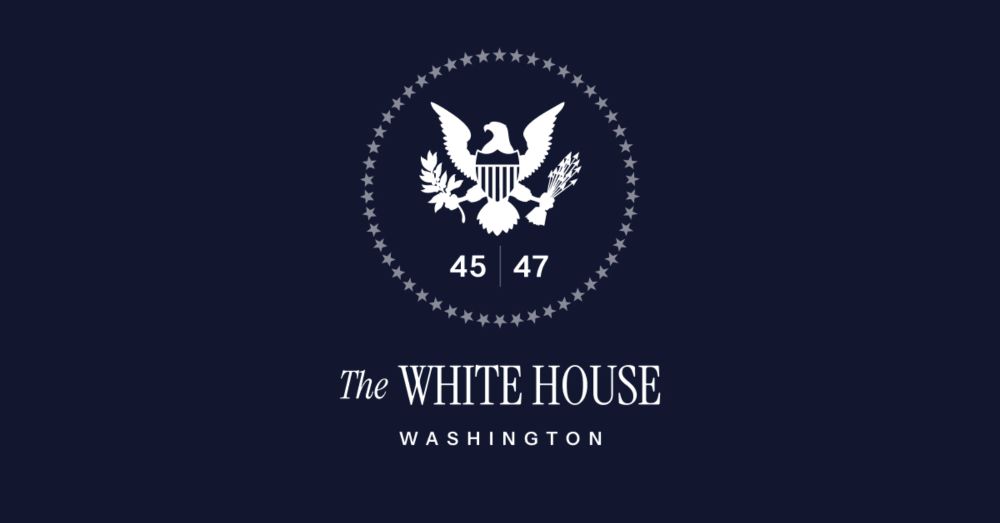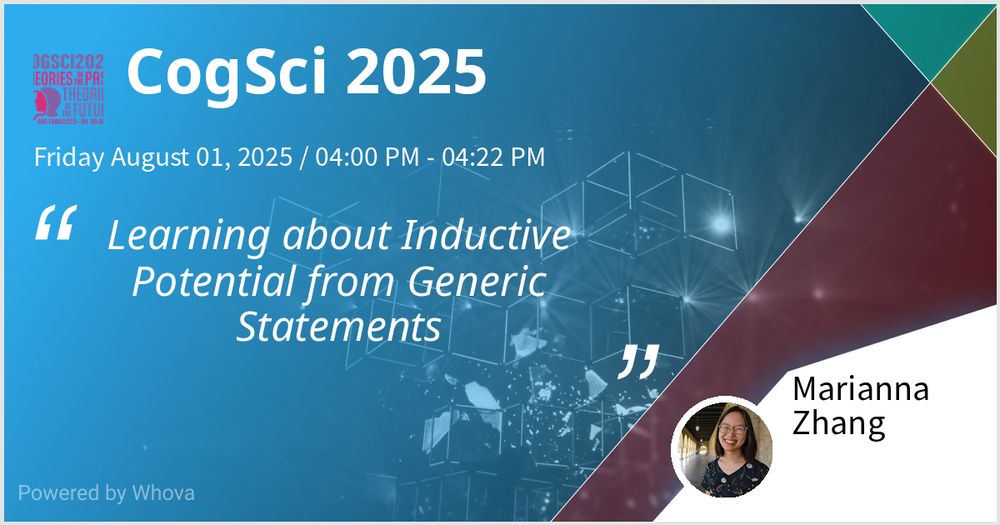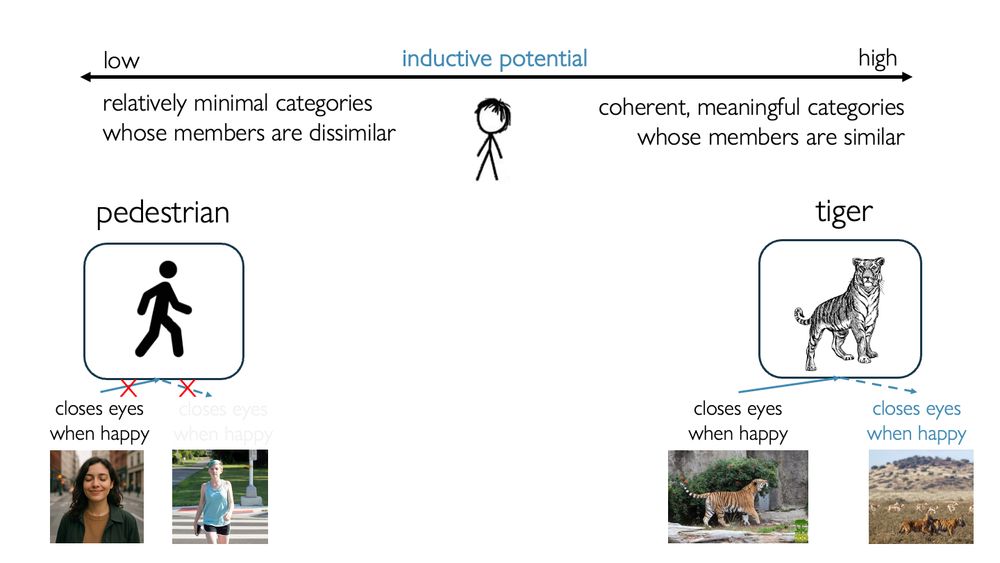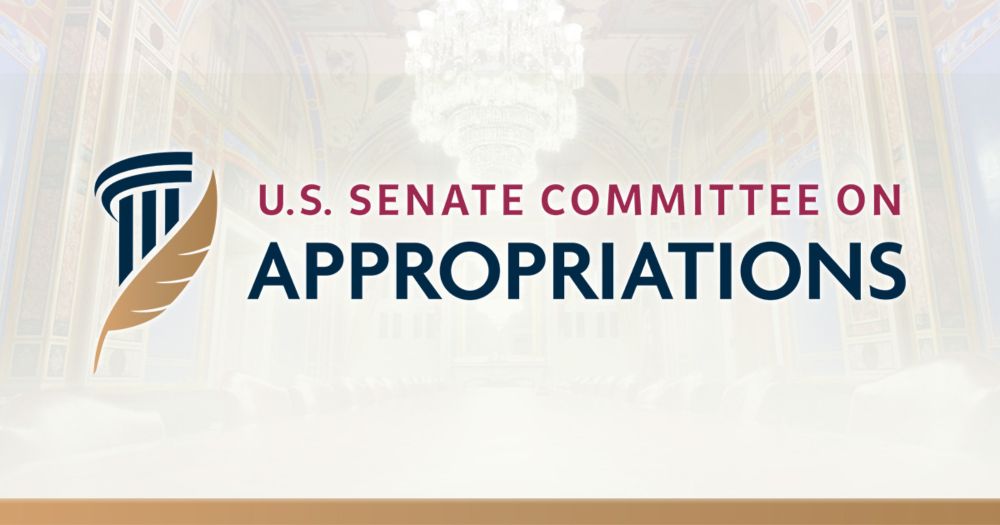Marianna Zhang
@mariannazhang.bsky.social
500 followers
290 following
120 posts
developmental cognitive scientist & (terminated) NSF postdoc fellow @ NYU | social categories, development, language, climbing, caving | 🗽🌬️🌉🗽 | she/她
mariannazhang.github.io
Posts
Media
Videos
Starter Packs
Pinned
Reposted by Marianna Zhang
Reposted by Marianna Zhang
Reposted by Marianna Zhang
Marianna Zhang
@mariannazhang.bsky.social
· Aug 20
Marianna Zhang
@mariannazhang.bsky.social
· Aug 20
Marianna Zhang
@mariannazhang.bsky.social
· Aug 13

State of New York v. National Science Foundation, 1:25-cv-04452 - CourtListener.com
Docket for State of New York v. National Science Foundation, 1:25-cv-04452 — Brought to you by Free Law Project, a non-profit dedicated to creating high quality open legal information.
www.courtlistener.com
Marianna Zhang
@mariannazhang.bsky.social
· Jul 31
Marianna Zhang
@mariannazhang.bsky.social
· Jul 31
Marianna Zhang
@mariannazhang.bsky.social
· Jul 31
Marianna Zhang
@mariannazhang.bsky.social
· Jul 31
Marianna Zhang
@mariannazhang.bsky.social
· Jul 30
Marianna Zhang
@mariannazhang.bsky.social
· Jul 24

Knots 3D : Interactive Knot Animations
Welcome to Knots 3D, where learning how to tie knots becomes an immersive 3D experience! Our comprehensive library features over 200 animated knots with step-by-step tutorials that transform complex r...
knots3d.com
Marianna Zhang
@mariannazhang.bsky.social
· Jul 17
Marianna Zhang
@mariannazhang.bsky.social
· Jul 10
Reposted by Marianna Zhang
Reposted by Marianna Zhang
KMW
@kmwil.bsky.social
· Jul 2
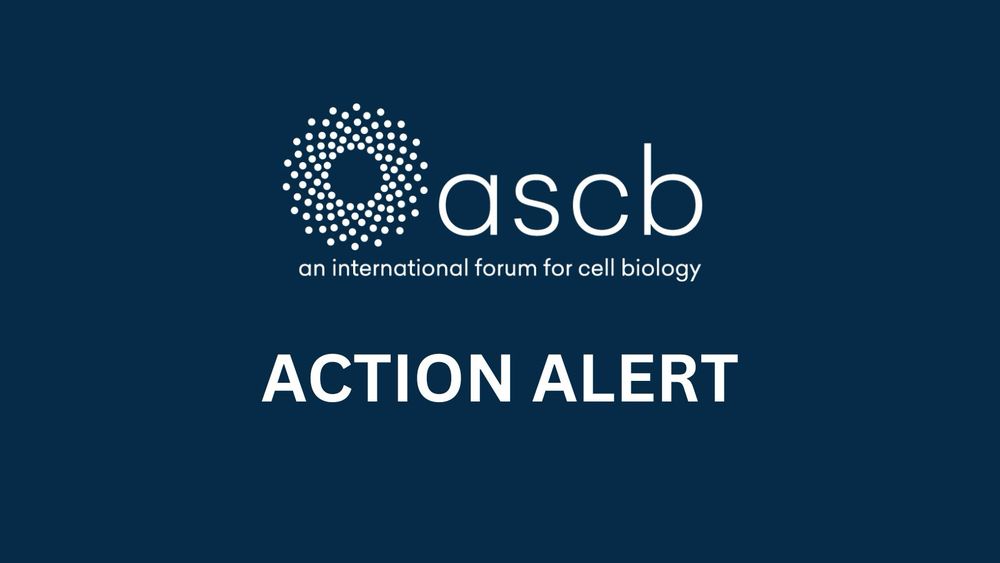
Protect NIH and NSF Funding – Your Voice Is Urgently Needed - ASCB
In the next six weeks, Congressional committees will decide how much funding the National Institutes of Health (NIH) and the National Science Foundation (NSF) will receive for Fiscal Year 2026. While ...
www.ascb.org

